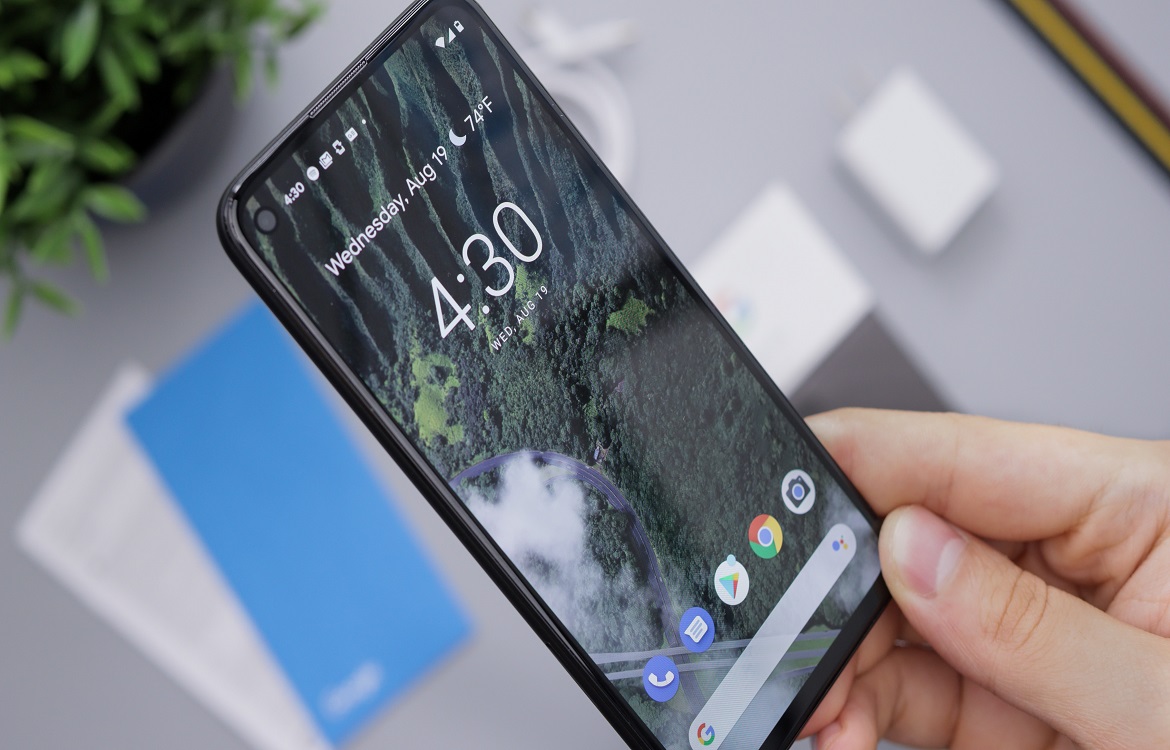


Android’s 2020 operating system—Android 11—has been released and Trademore is here to discuss everything you need to know about the Android 11 features. Though Android 11 is just a subtle upgrade from its predecessor, there are a few key changes. Let’s jump into them.
If you’re familiar with Android 10, you know that the notification drawer holds all of your notifications in a somewhat disorganized manner. Some app notifications are automatically placed at the top of the list, while other apps are placed in the silent section, where alerts are not sent out.
With Android 11, there are now three notification categories: Conversations, Alerting and Silent. In the Conversations section, you’ll find all notifications from your conversations. This includes any app where you’re directly communicating with someone else, including text messages, chat apps or direct messages from other apps, like Instagram.
You also have the ability to reply directly in the notification section and prioritize certain conversations or apps in this section. For instance, if you want to prioritize messages from a family member over a friend, you can do that. This new feature ensures you’re not missing out on any notifications throughout your day.
The Alerting and Silent sections in Android 11 are similar to the Android 10 operating system, which has the ability to silence notifications from certain apps so that all future notifications are sent to the Silent section.
As you may have noticed by now, Android 11 has been designed to make communicating easier, with most of the updates related to conversation-related systems.
Chat bubbles, which were introduced in Android 10, are going even further in Android 11. If you’re familiar with using Facebook Messenger on Android, you probably know how this works. A “chat head” appears on your device, which overlays your other apps. If you tap the icon, the chat launches and then you can minimize chat back to an icon. When you’re finished with the conversation, you can remove the chat head. With Android 11, these chat bubbles can work with any chat app, not just Messenger.
Although there are variety of apps on the Google Play Store that allow you to screen record, Android is finally bringing us a built-in version.
To access the now native screen-recording function, you’ll go to the Quick Setting tile and tap the screen record feature. From here, you have a few options, like whether or not your screen taps should be recorded or the phone should capture audio, as well.
If you’ve ever gotten a notification and accidentally swiped it away only to forget about it later in the day, this new Android 11 feature is for you. Android 11 offers the ability to access every single notification that has appeared on your phone within the last 24 hours.
This feature is not on by default. Here’s how to enable it:
After this feature is turned on, your notification history will start to appear in that same section.
Voice Access mode has been new and improved for Android 11. The hands-free mode is now faster and easier to use and also works offline, so you don’t have to be connected to use it.
Another cool accessibility feature added to Android 11 is the braille keyboard, which allows you to write braille messages without needed a separate software.
Lastly, the Lookout app allows you to scan documents and food labels, so that people with limited vision can still “read” documents and find out what is in their food.
Dark mode was introduced with Android 10 but it was fairly simplistic: turn it on or turn it off. With Android 11, users can now schedule the dark theme to turn on and off automatically when the sun sets and rises. You can also set up a custom dark schedule for dark mode activation.
With Android 11, the media controller has moved. When you swipe down your notification drawer, the media controller will show you the app it’s related to, cover art, basic controls and which system the media is playing on. If you pull down the drawer further, this information will expand. In addition, you can tap on the playback system and push the audio or video to a different system, which will make it easy to switch from your phone speaker to your headphones.
Additionally, Android Auto now works wirelessly on your car, as long as your car supports it. This will save you from dealing with a wire to get it working.
Security and privacy is becoming increasingly important. With Android 11, you’ll find some changes with app permissions. You can now grant an app permission to your camera or location on a one-off basis, instead of the existing options of “all the time” and “only while using the app.”
Many of us forget about apps that may be tracking our locations, so your device will now automatically revoke permissions for apps that you haven’t used in a while.
Operating system updates are always exciting and these new Android 11 features definitely don’t disappoint. If you’re on the search for a new Android device, be sure to check out options from Trademore. For more tips, tricks and tech updates like this, be sure to visit the Trademore blog.
Trademore has no connections, affiliations, partnerships or sponsorship agreements with the companies, entities, services and/or products mentioned in this blog post. The opinions, thoughts, views and expressions made within this blog post are independently created by and attributable to Trademore authors and/or contributors.